Amy Austin, Deputy Principal and PhD student, asks ‘Can children do philosophy?’; ‘What does it entail and who benefits?’; ‘What stimulates philosophical thinking?’
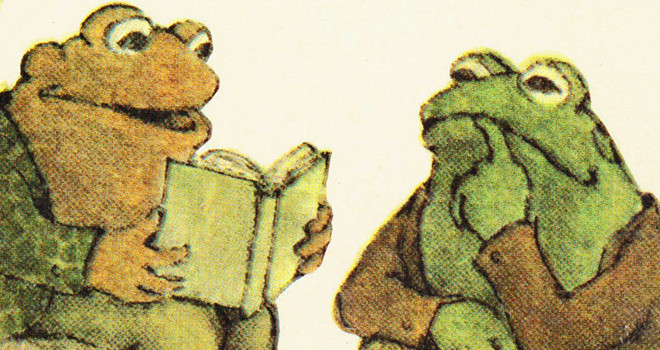
For many, the picture that first comes to mind of a philosopher could be that of an academic or scientist: white, male, old, perhaps wearing a cardigan (or even a toga). However, any conversation with a three year old (“But why?”) should prompt one to question, are children natural philosophers?
Yes! is the emphatic answer of Tom Wartenberg, Professor Emeritus of Philosophy at Mt Holyoke College in Massachussetts, USA – author of Big Ideas for Little Kids: Teaching Philosophy through Children’s Literature. Tom was on sabbatical six years ago and volunteered to come and work with a group of teachers at my Wellington school to support us to start teaching Philosophy for Children. While initially we found it challenging to facilitate whole-class discussions and to find the right questions to draw out students’ thinking, we were quickly hooked.
At its core, Philosophy for Children (P4C) encourages:
- Critical, caring, creative, and collaborative thinking
- Students to find their voice in a democratic setting
- Active listening; learning to understand a range of other perspectives.
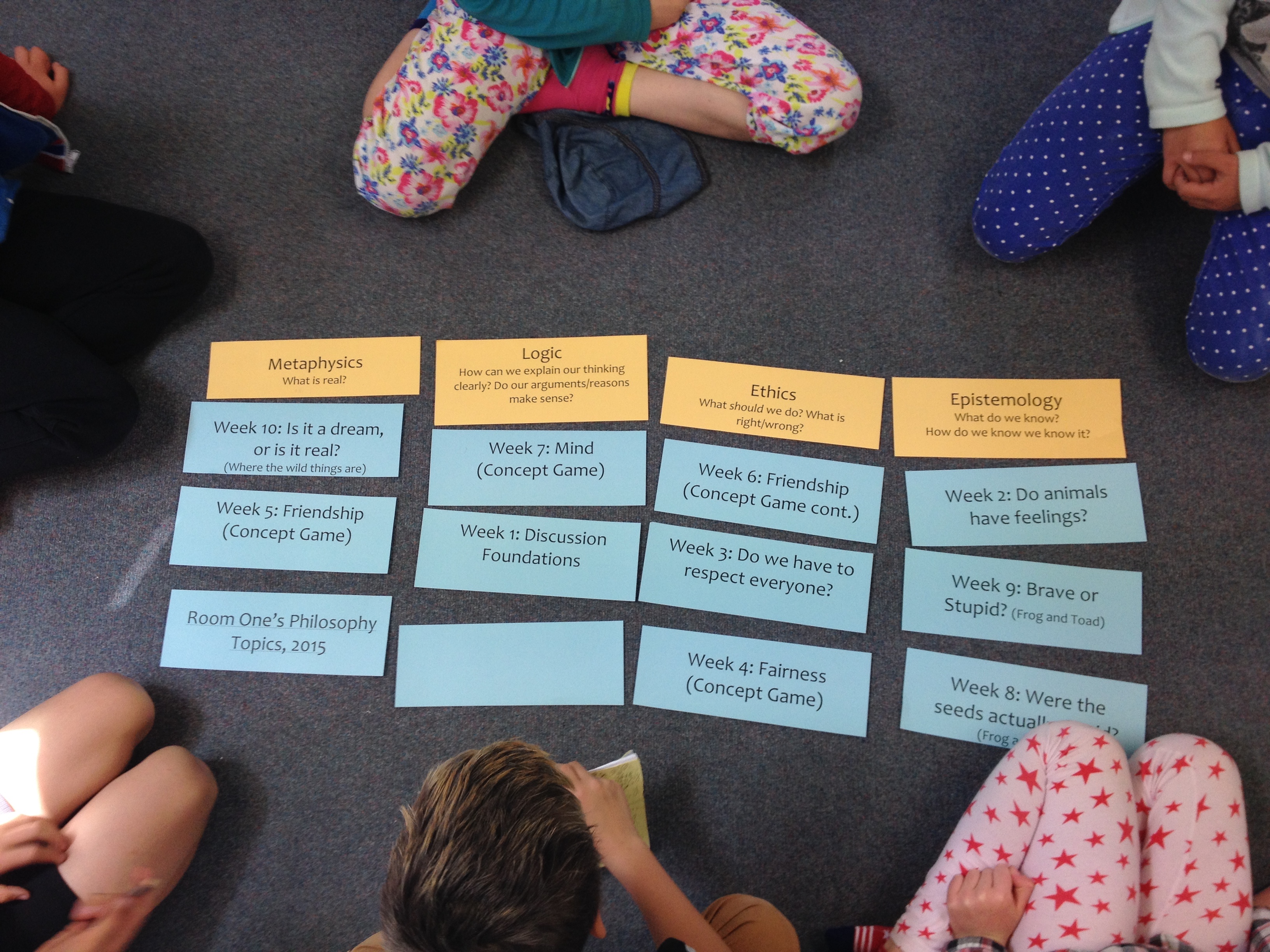
After only a short while practising P4C the benefits were clear to us – the children learnt to listen to each other, to question and to think deeply, and they really cared about the discussions – ranging from dialogues about bravery, to what makes a good friend, to how do we know we have a mind? These benefits were observed for all learners, not just those already well-versed in argumentation and critical thinking. Many teachers reported that P4C empowered diverse learners to share and develop their thinking, giving teachers fresh insight into these students’ potential and capability.
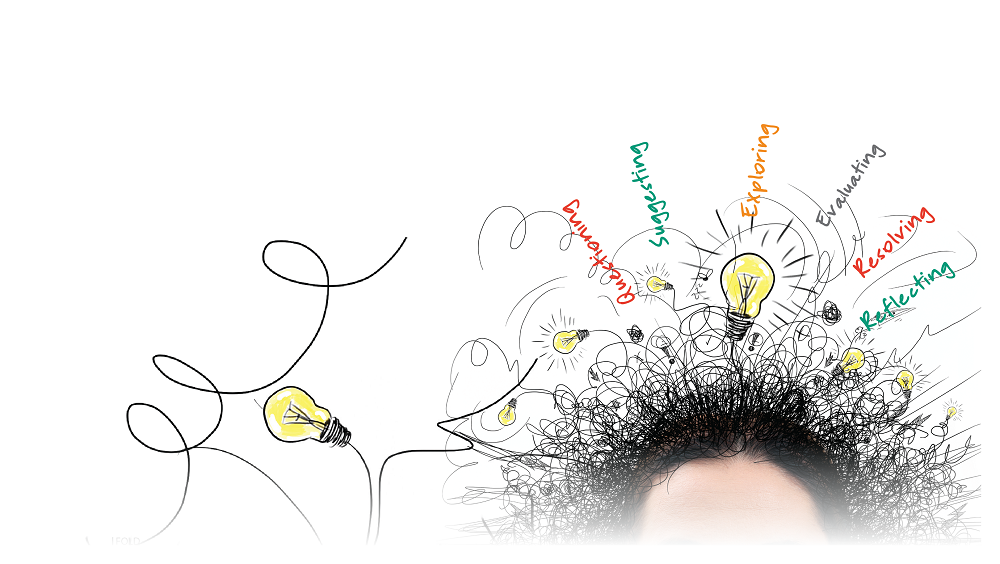
The P4C approach was developed by Matthew Lipman and Ann Sharp in America in the 1970s. Rather than learning about philosophy, children learn to be philosophers through discussion – called a community of inquiry – sparked by a philosophical question raised in a piece of children’s literature. Children are encouraged to discuss, explore, and play with ideas and positions, based on careful listening and clear reasoning. They learn to construct logical arguments, and to communicate their views carefully and coherently. Children learn to weigh up the reasonability of others’ arguments and, if presented with a stronger argument than their own, to be prepared to change their thinking, incorporating the new argument and evidence. Research into P4C has demonstrated that this intellectual humility and collaborative dialogue builds critical, creative, caring thinking.
Children learn to weigh up the reasonability of others’ arguments and, if presented with a stronger argument than their own, to be prepared to change their thinking, incorporating the new argument and evidence.
So, how can a parent spark a philosophical discussion with their child? The best place to start is with your child’s/children’s own questions. After reading one of the books listed below, ask, what does the story make you wonder?
Sometimes it can take a little while to sift through some of the questions to find one that is philosophical in nature – my general guide is, if you can find the answer to the question in the text, it is probably a comprehension question rather than a philosophical one.
Philosophical questions are core, common and contestable. They concern the nature of reality (what is real?), logic (how can we explain our ideas clearly?), ethics (how should we live?), and knowledge (what do we know and how do we know we know it?)
After reading one of the books listed below, ask, what does the story make you wonder?
Some examples of philosophical questions and topics
Ethical questions are a good place to start: how should we live? Many of the books on the list below tackle ethical questions which spark impassioned discussion with groups of children. If a dialogue is petering out, asking a ‘should’ question nearly always draws out a fresh range of ideas and opinions.
Many children’s books pose metaphysical questions about the nature of reality: what is real? In one of my favourite discussions with a group of 5-year-olds about reality, after reading Harold and the Purple Crayon, I asked them to draw something that is real, and something that isn’t real to bring to the community of inquiry. We had been working on giving reasons for our ideas and one of the children said, “fairies are real because whenever we need to find a park in town, we ask the parking fairies, and then we always find one but plants are not real because they can’t move.” Her reasons were clear and made perfect sense to her! Discussions about reality don’t have to shatter a child’s understanding of the world. They can focus on listening to each other’s ideas, or defining categories or drawing distinctions. A question I might have asked her is, “if plants aren’t real because they can’t move, does that mean anything that can’t move isn’t real?” which would have led us to examine criteria for what is real/not real.
Discussions about reality don’t have to shatter a child’s understanding of the world. They can focus on listening to each other’s ideas, or defining categories or drawing distinctions.
Asking, what do you think? and why do you think that? always drives the dialogue onwards.
Here is a list of philosophical picture books to get you started (you can find many more on www.teachingchildrenphilosophy.org/BookModule). Play around with your child’s/children’s questions and ideas; you may be surprised by the wisdom they impart to you!
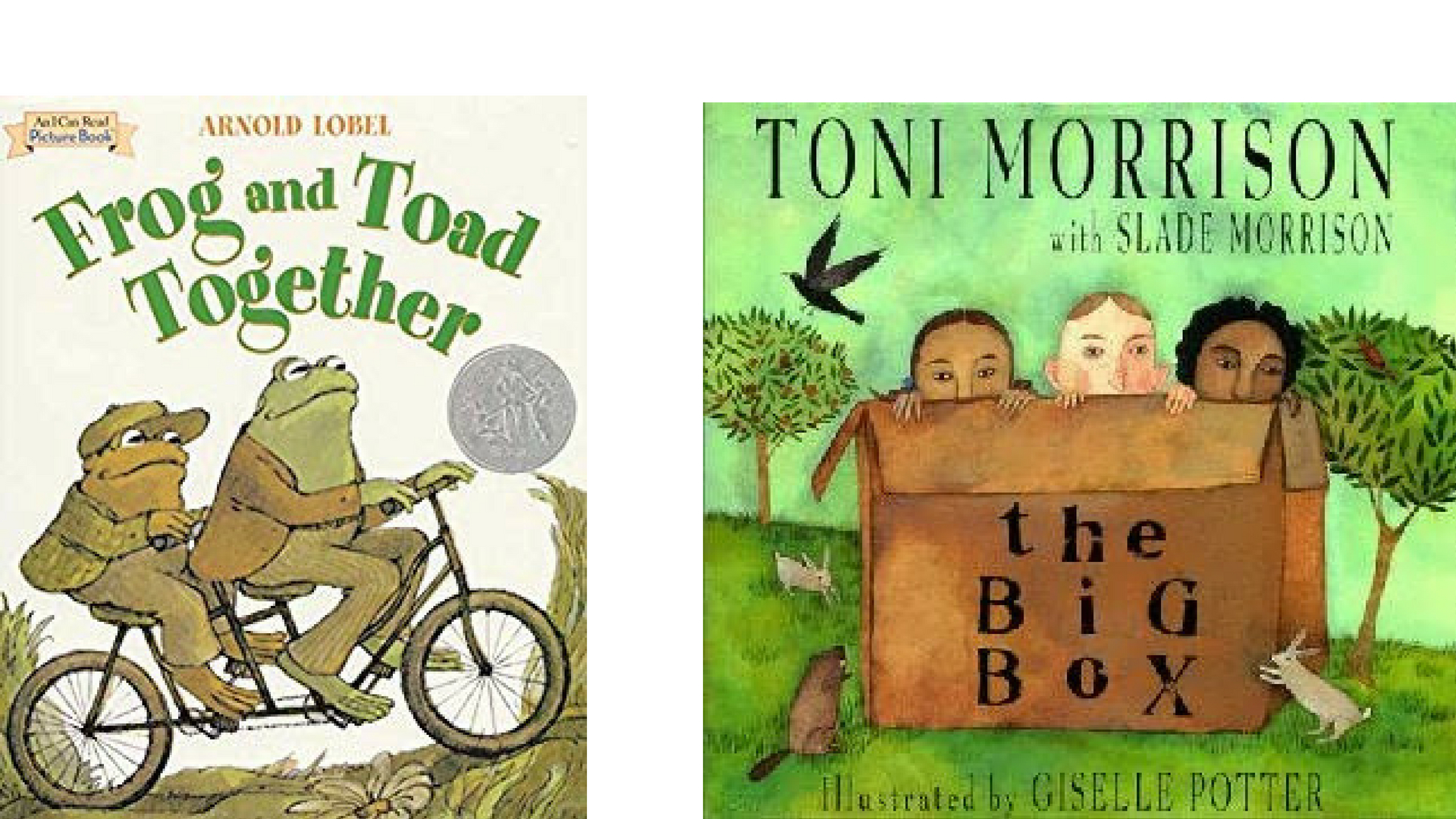
Frog and Toad Together, Arnold Lobel
This is a fantastic collection of short stories, all of which raise philosophical questions. Dragons and Giants tackles the concept of bravery: What does it mean to be brave? Can you be brave and scared at the same time? When does bravery become foolish risk-taking – what is the difference?
The Big Box, Toni Morrison
Using rhythm and rhyme, this story explores freedom from the perspective of three different children: What is freedom? What does it mean to be free? Are there different ways to be free?
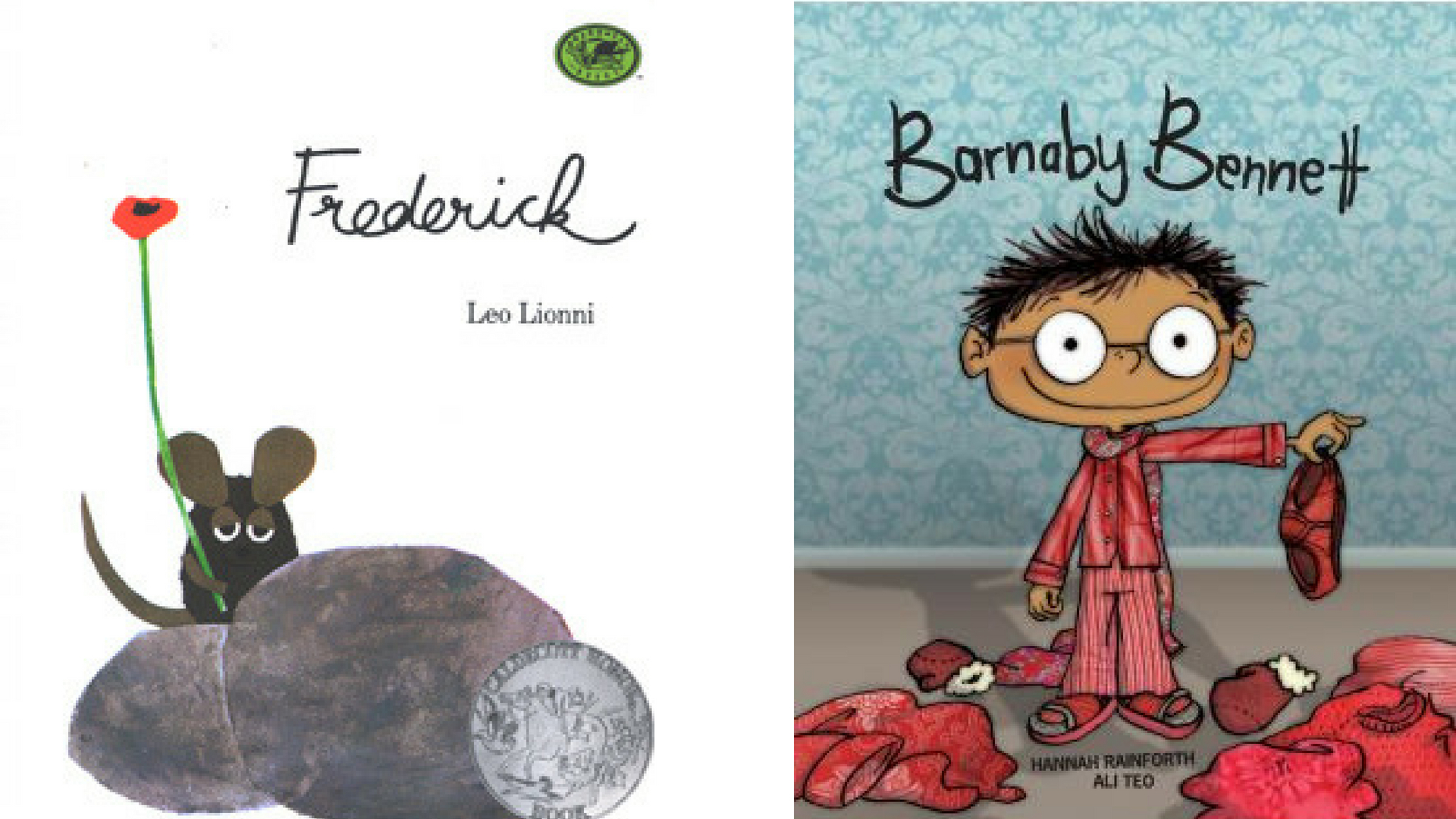
Frederick, Leo Lionni
Frederick the mouse is a poet who writes while his fellow mice gather and store food ready for the winter. This story raises questions about the value of work and art: What counts as work? What work is important? Is poetry important? Do we need art to survive?
Barnaby Bennett, Hannah Rainforth
Barnaby Bennett will only wear red. His family get tired of the smell of his only red outfit and conspire with Nanny to convince him to change. What makes me me? What is my identity? Who has control over my identity?
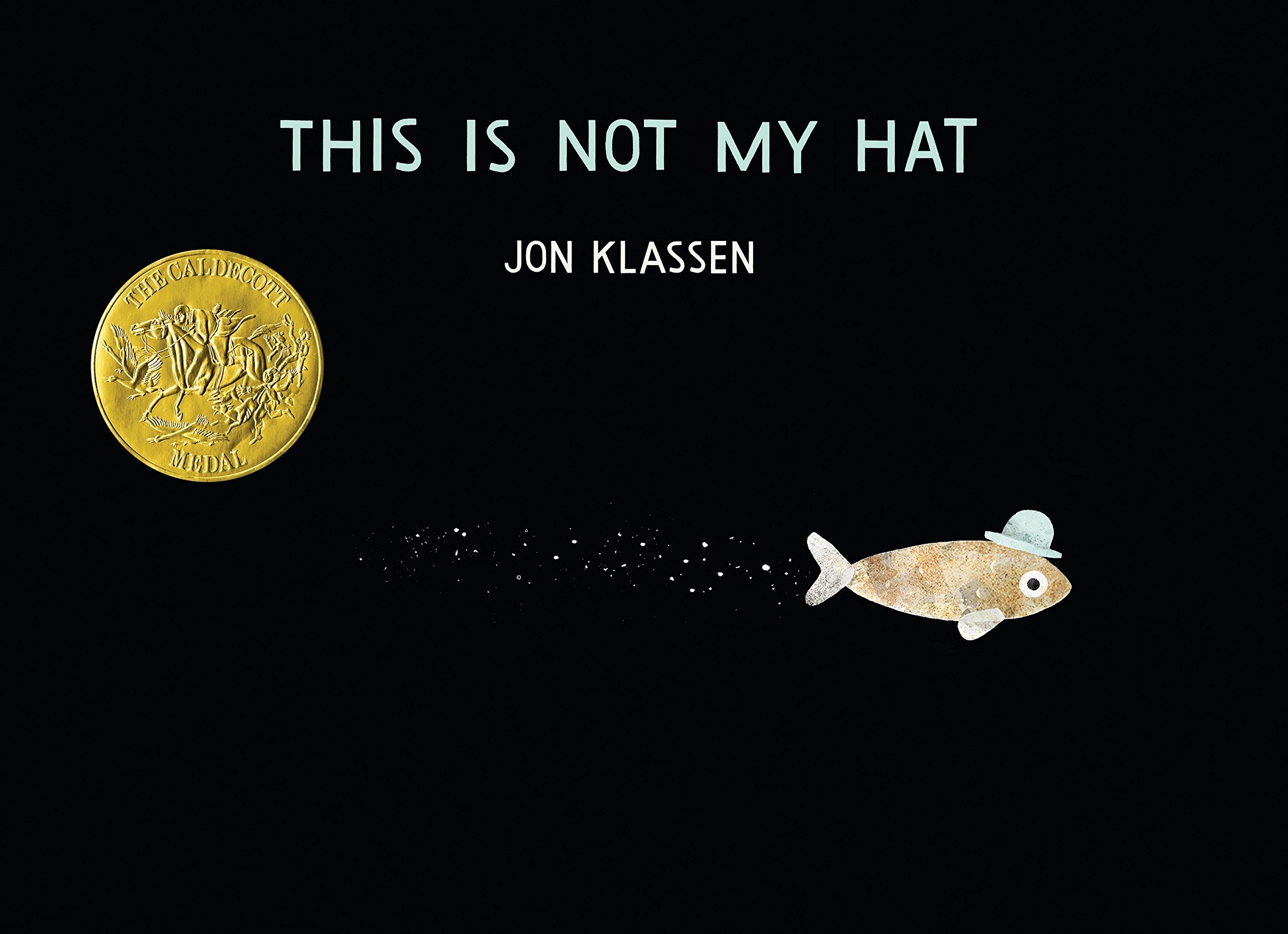
The Paper Bag Princess, Robert Munsch
The stereotype-bending Paper Bag Princess challenges traditional notions of princesses and sparks questions of gender like: What can boys or girls do? Who decides?
This is not my hat, Jon Klassen
Jon Klassen’s beautiful illustrations leap ahead of his text to give the reader clues about what is coming next throughout this cheeky story about a sneaky fish and his hat. Or is it his hat? This book leads to questions about stealing and lying: Is it ever okay to steal/lie? If so, when/why/how?
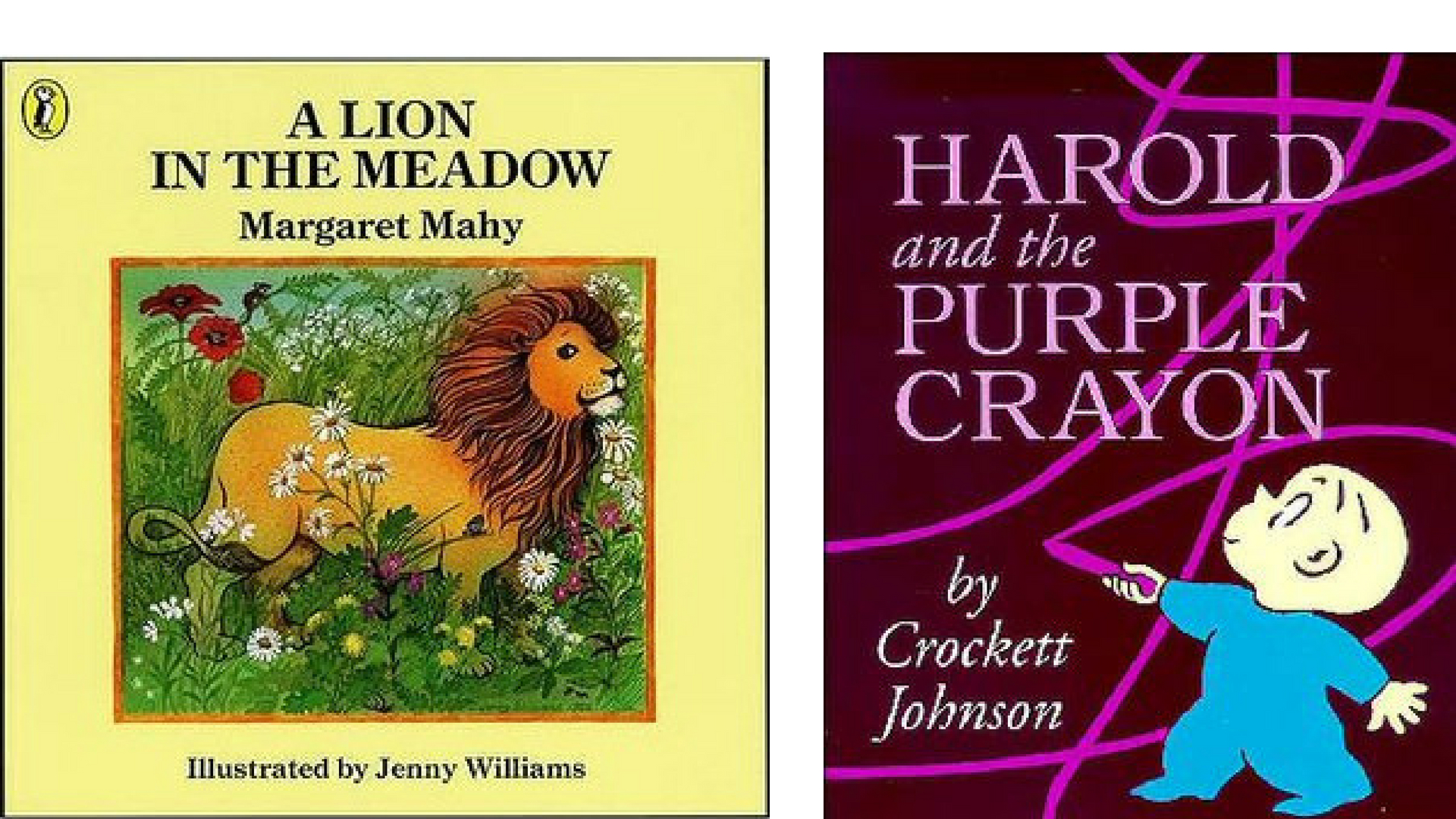
A Lion in the Meadow, Margaret Mahy
When the little boy tells his mum he’s spotted a lion in the meadow, she says, “nonsense little boy.” But she’s in for a surprise. What is real? What is pretend? How do we know?
Where the Wild Things Are, Maurice Sendak
Max’s night-time jaunt to the land of the Wild Things also sparks the questions: What is real? What is pretend? How do we know? It could also lead to a conversation about Max’s punishment: Was it fair that Max was sent to bed without any supper? Why/why not? Should parents punish their children? Why/why not?
Harold and the Purple Crayon, Crockett Johnson
Harold draws his way out of a series of scrapes and traps in this story which explores the nature of fiction and the boundary between fiction and reality. What is real? What is pretend? How do we know?
The Giving Tree, Shel Silverstein
This story follows the lifelong friendship between a boy and the tree in his garden. Whenever the boy needs something, the tree gives him her apples, branches, eventually even her trunk in order to help him. This clip (from 7:37 – 11:00) shows a group of children absorbed in discussion about this book. How much should we give to others? How much should we ask for from others? Was the boy selfish? Why/why not? Was the tree really happy? Why/why not? Does doing things to make others happy make you happy?
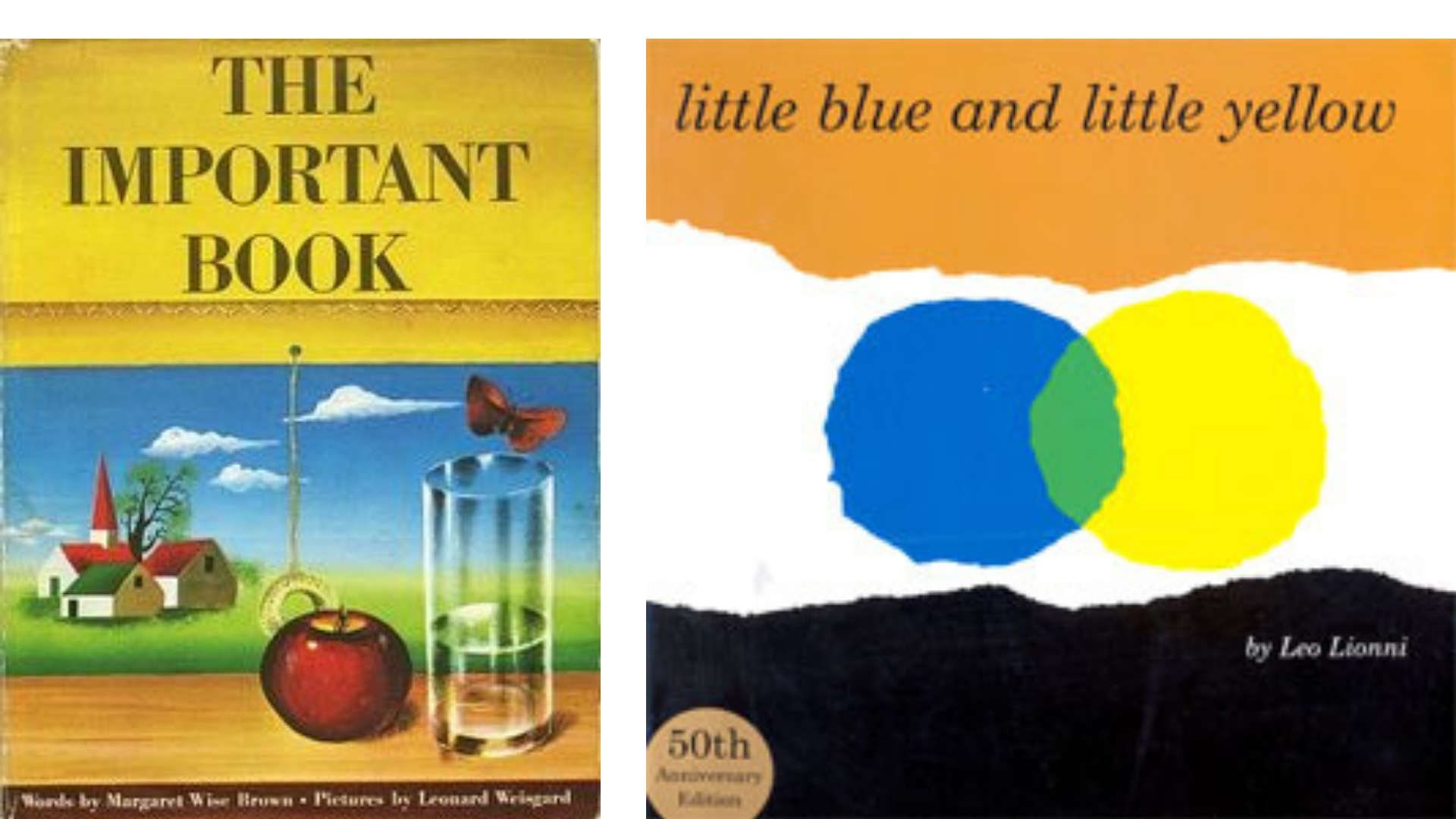
The Important Book, Margaret Wise Brown
Each page of this book lists the most important thing about different objects or concepts, from grass to snow to a spoon. You could ask: Do you agree with the author of this book? Why/why not? What is the essence of different objects and concepts? What do you think is the most important thing about an apple? Why? What is an important thing about you? Could you still be you without that important thing? What makes you you?
Little Blue and Little Yellow, Leo Lionni
A blue dot and a yellow dot become friends. After they have been playing together, they both look green, and their parents can’t recognize them. Discussions about this story could tackle friendship or identity: Do friends need to be similar to each other? Can friends be different from each other? Is Little Blue different now that he’s green?
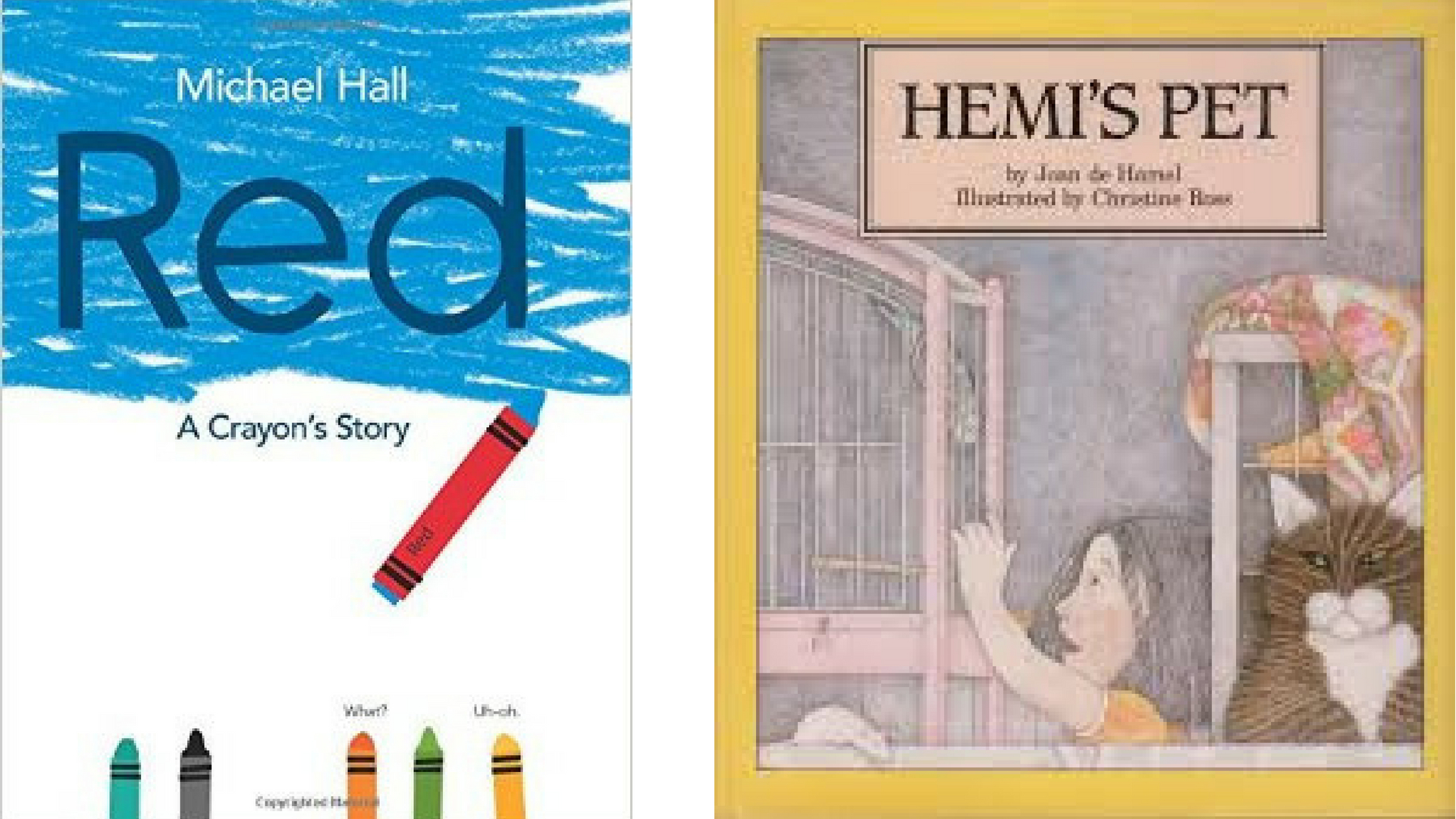
Red: A Crayon’s Story, Michael Hall
Although Red’s label says red, everything he draws is blue. Everyone has advice and opinions on what Red’s problem is but finally he finds a friend who understands him. What makes you you? How do you know who you are? How do others know about you? Do you have to do or be what others think you should do and be?
Hemi’s pet, Joan de Hamel
When his school has a pet show Hemi enters his little sister and wins first prize for the most original pet. What can be a pet? What kind of relationship do we (should we) have with our siblings? How should we treat our brothers and sisters?
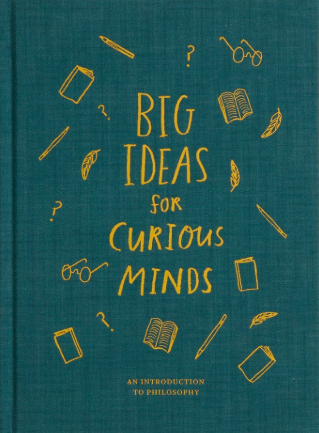
Big Ideas for Curious Minds: an introduction to philosophy, The School of Life
Hot off the press, this new book from The School of Life is designed to introduce children to some of the big ideas that have concerned philosophers over the centuries. Click here to read an extract of the book.
Thanks to my Philosophy for Children colleagues who helped me to compile this list of our favourite philosophical picture books: Alyson McRae, Karen Shuker, Hannah Armstrong, Jamie Hoare, and Sondra Bacharach.

Amy Austin
Amy Austin has taught in India, the UK, and Aotearoa New Zealand. She is a Deputy Principal at Island Bay School and a PhD student at Victoria University of Wellington researching how Philosophy for Children develops critical thinking for diverse learners.



